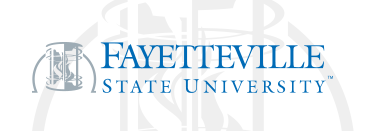The relationship between percent of funds spent on direct instruction and student achievement in selected grades
Abstract
The purpose of this study was: (a) to explore the relationship between the percentage of expenditures spent on direct instruction and student achievement among the North Carolina Public School System, (b) to explore the relationship between the allocated state per-pupil expenditure and student achievement among the North Carolina Public School System, and (c) to examine the relationship between high minority student enrollment and student achievement among the school districts in the North Carolina Public School System. This study was conducted with selected grade levels in the North Carolina public school system. The sample population included the 117 school districts in the North Carolina public school systems and the 1999-2000 End-of-Grade test scores for students in the 3rd, 5th, and 8th grades. The sample population also included the percentage of educational expenditures spent on direct instruction, state per-pupil expenditure funds received from the state, and the minority student enrollment for each of the 117 school districts within the North Carolina public school system. Data for the study were collected from two historical documents obtained from the North Carolina Department of Public Instruction. The first data base was the 1999-2000 North Carolina ABC Report Card which was used to measure student achievement. The second data base was the 1999-2000 Public Schools for North Carolina Statistical Profile publication for 1999-2000. This publication provided the figures for percentage of educational expenditures spent on direct instruction, per-pupil expenditures received from the state, and the minority student enrollment in the 117 school districts within the North Carolina public school system. The data for this study was analyzed using the Statistical Package for the Social Science (SPSS). Descriptive statistical analysis (means, maximum value, minimum values, and standard deviations) and the Pearson Product-Moment Correlational Coefficient was the statistical procedures used to test and describe the data for the nine hypotheses. The results of this study indicated there was a significant relationship between the proportion of expenditures spent on direct instruction and North Carolina achievement scores for reading and mathematics for the 1999-2000 school year, with the exception of 5th grade mathematics. This study also indicated that there was not a relationship between per-pupil expenditure funds allotted by the state and achievement scores for reading and mathematics in the 3rd, 5th, and 8th grades during the 1999-2000 school year. Further findings indicated that a significant relationship existed between the percent of minority student enrollment and North Carolina achievement scores in both reading and mathematics in the 3 rd, 5th, and 8th grades during the 1999-2000 school year.
Subject Area
Education finance|Educational administration
Recommended Citation
Phillips, Brian A, "The relationship between percent of funds spent on direct instruction and student achievement in selected grades" (2002). ETD Collection for Fayetteville State University. AAI3345645.
https://digitalcommons.uncfsu.edu/dissertations/AAI3345645

